6 questions I wish I'd asked before starting my bathroom renovation - tips for minimising mistakes from an interiors pro
From double checking my budget to choosing more exciting taps these are my top tips to avoid costly mistakes when it comes to a bathroom reno
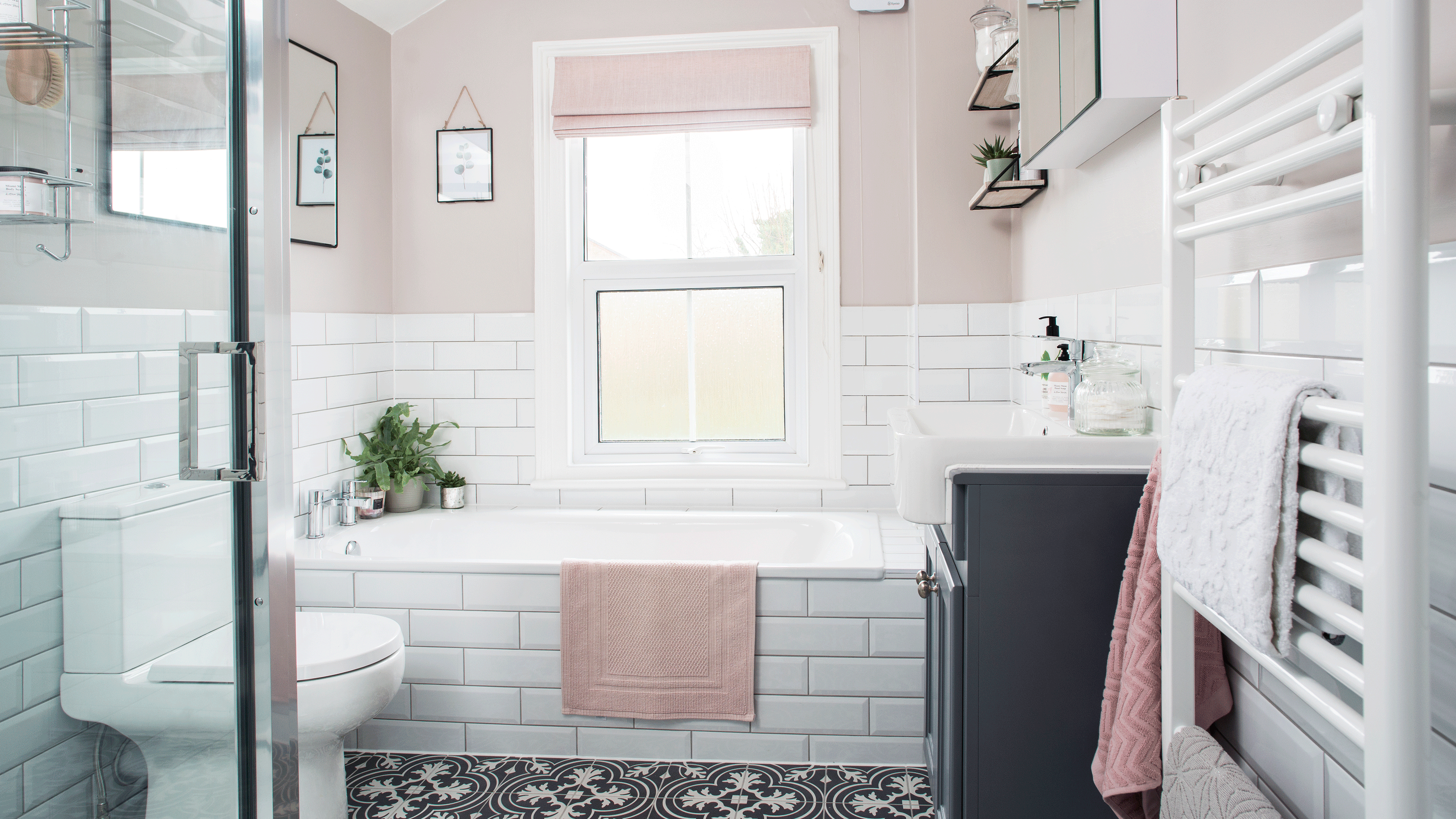
- 1. Who will be using the bathroom?
- 2. How far will the budget stretch and is there contingency money?
- 3. Will I need an extractor fan and can it be on a separate circuit to my lighting?
- 4. Should I stick to chrome hardware or be more trend-led?
- 5. It is my responsibility to check all deliveries are correct on arrival?
- 6. What colour grout should I use with my tiles?
- FAQS

Starting any renovation project can be a daunting task, especially if you've never done it before. I've worked in interiors for nearly 15 years and have a degree in Interior Design, but when my husband and I bought our first home back in 2016, we were complete novices to renovating, with no hands-on DIY experience.
However, what we lacked in experience, we made up for in enthusiasm.
Armed with a freshly put-together Pinterest board and a fairly modest budget, our bathroom was one of the first rooms we tackled. But it turns out we probably needed to have done a little more research into bathroom renovation ideas before we started, as we (unsurprisingly) faced several stumbling blocks along the way. From tripping up on grouting ideas to realising our shower tray was the wrong size just as we were about to lay it, there were several questions I wish I'd asked before starting my bathroom renovation.
Nearly 10 years later we're about to embark on our second bathroom rework, in our new family home in Hampshire. This time I feel more confident in knowing the answers to those questions and can learn from the mistakes I made the first time round.
So here I'm going to share the questions I wish I'd asked before starting my bathroom renovation, so you too can avoid making any costly mistakes that may hinder your own bathroom renovation.
1. Who will be using the bathroom?

At the time of our renovation, it was just myself and my husband using the bathroom, but a few later we were a family of four.
Sounds like an obvious one right? But you need to nail down exactly who will be using the bathroom on a day to day basis, to ensure it delivers for everyone.
Richard Ticehurst, Brand Expert at Britton explains, 'Designing a bathroom can feel overwhelming, but balancing aesthetics and functionality is key. Start with practical considerations, determining how the space will be used for example and by who. Family bathrooms should prioritise durability, low maintenance, and ample storage, while an ensuite can focus on luxury.'
Get the Ideal Home Newsletter
Sign up to our newsletter for style and decor inspiration, house makeovers, project advice and more.
Our bathroom (and loo) was only the one in the house, so it wasn't just going to be used by us, but any guests we had staying overnight, plus friends and family visiting day to day.
Had we been looking for ensuite ideas, we could have been more selfish in our wants, but we had to consider more than ourselves.
At the time, we didn't have children, but we knew they could one day be on the scene, so we decided as lovely as a roll top bath would have been, it wouldn't have been practical for bathing a baby. In the end we chose a simple built-in bath which was easy to clean and a few years later provided the perfect space for two small children being bathed together.
What we didn't consider was separating the loo from the main bathroom so that if the kids were being bathed, the loo was still free to be used. But as we already had quite a small bathroom, I'm not sure we would have gone for this solution, even if we had thought about it at the time.
2. How far will the budget stretch and is there contingency money?
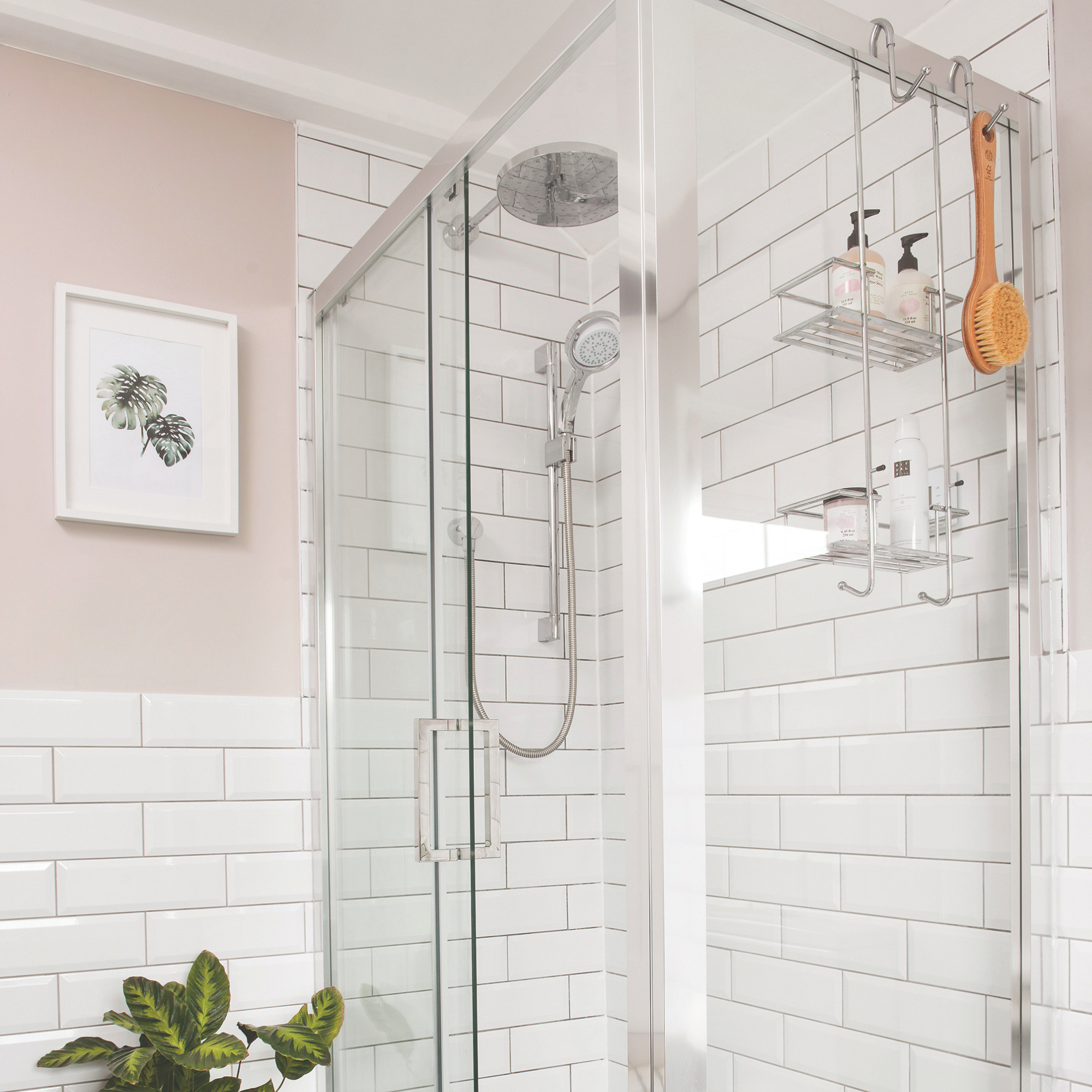
'Before starting a bathroom renovation, it’s important to have a structured plan to ensure your plans coincide with your budget', explains Alex Woods, bathroom expert at Victorian Plumbing.
As first-time buyers and newlyweds, we were looking to renovate on a budget, so much so that we decided to fit the bathroom ourselves. Or rather, have my talented DIY extraordinaire Dad do it for us. By saving on labour costs, our budget could be stretched further, but in hindsight, we should have reserved some money for contingency.
One of first hurdles we came across was that the loo and therefore waste pipe, needed to move to make the layout work better for us. The costs associated with this (hiring a scaffolding tower for example) weren't in our original budget, so we had to make sacrifices to find the money.
One of those sacrifices was to forgo the building of a false wall in our shower, that would have allowed for a cubby to house shampoos and toiletries. Instead, we ended up having to make do with a shower caddy (albeit a punchy one that in fairness has stood the test of time even up until today) but it still stung to not have the streamlined storage I was hoping for.
The lesson I learnt was try and keep some contingency money to one side for unexpected costs, or be prepared to make sacrifices along the way.
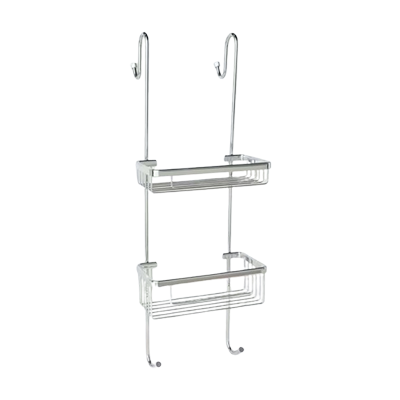
This is the shower caddy we bought for our shower, it's sturdy, hasn't rusted and holds a good amount of toiletries.
3. Will I need an extractor fan and can it be on a separate circuit to my lighting?

An extractor fan can be a bit of an eyesore, but they are needed in many bathrooms
When it came to ventilation in our bathroom, we knew we'd probably need an extractor fan to help keep moisture and condensation at bay. The previous owners had fitted one in the original bathroom, but it was noisy and ugly, so I did my best to find a more discreet design that was as quiet as possible.
If you have a reasonably small bathroom or no windows, you'll need help to rid the space of moisture in the air following a hot bath or shower, which if ignored, could cause damp. You might be wondering what about a dehumidifier vs bathroom fan, and while they both do similar things, it depends on a few things, such as a the size of your bathroom. Either way, it's good to have a measure in place to ensure damp and mould is kept at bay.
Once we had chosen the right extractor fan for us, the mistake we made was having it wired onto the same circuit as our bathroom lighting, which was definitely one of the questions I wish I'd asked before starting my bathroom renovation.
This meant every time we went into the bathroom and turned on the light, the extractor fan would start up and although I had sourced a reasonably quiet one, it still meant the sound on a fan was on at all times, which really killed the vibes when I was trying to enjoy a relaxing soak in the tub.
Eventually DIY Dad came to the rescue again and moved it to a separate pull switch, giving us more control around when we used it. However it did involve me having to crawl into a very tight space in the loft to redirect the wires, so it would have been handy to get it right from the start.
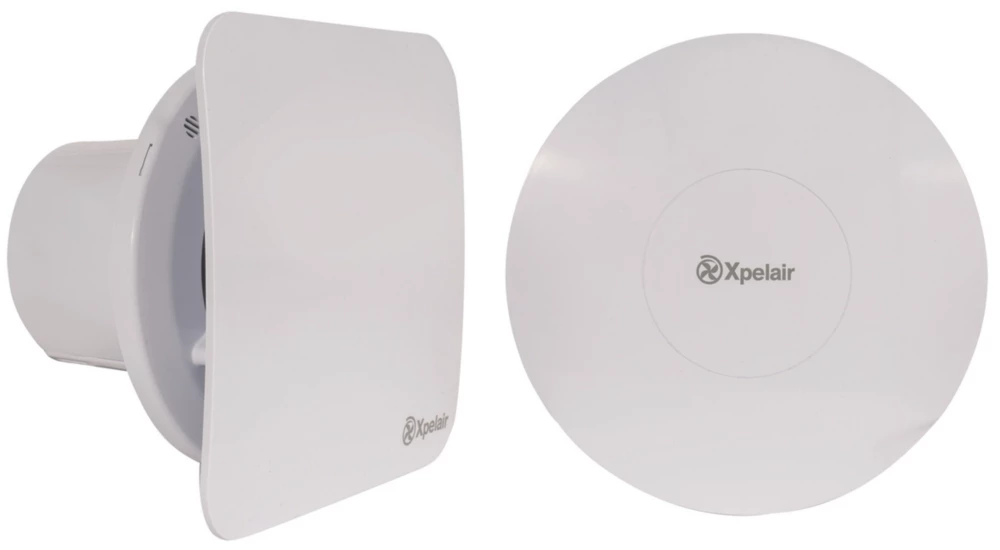
We choose an extractor fan from Xpelair which was quiet and non offensive
4. Should I stick to chrome hardware or be more trend-led?
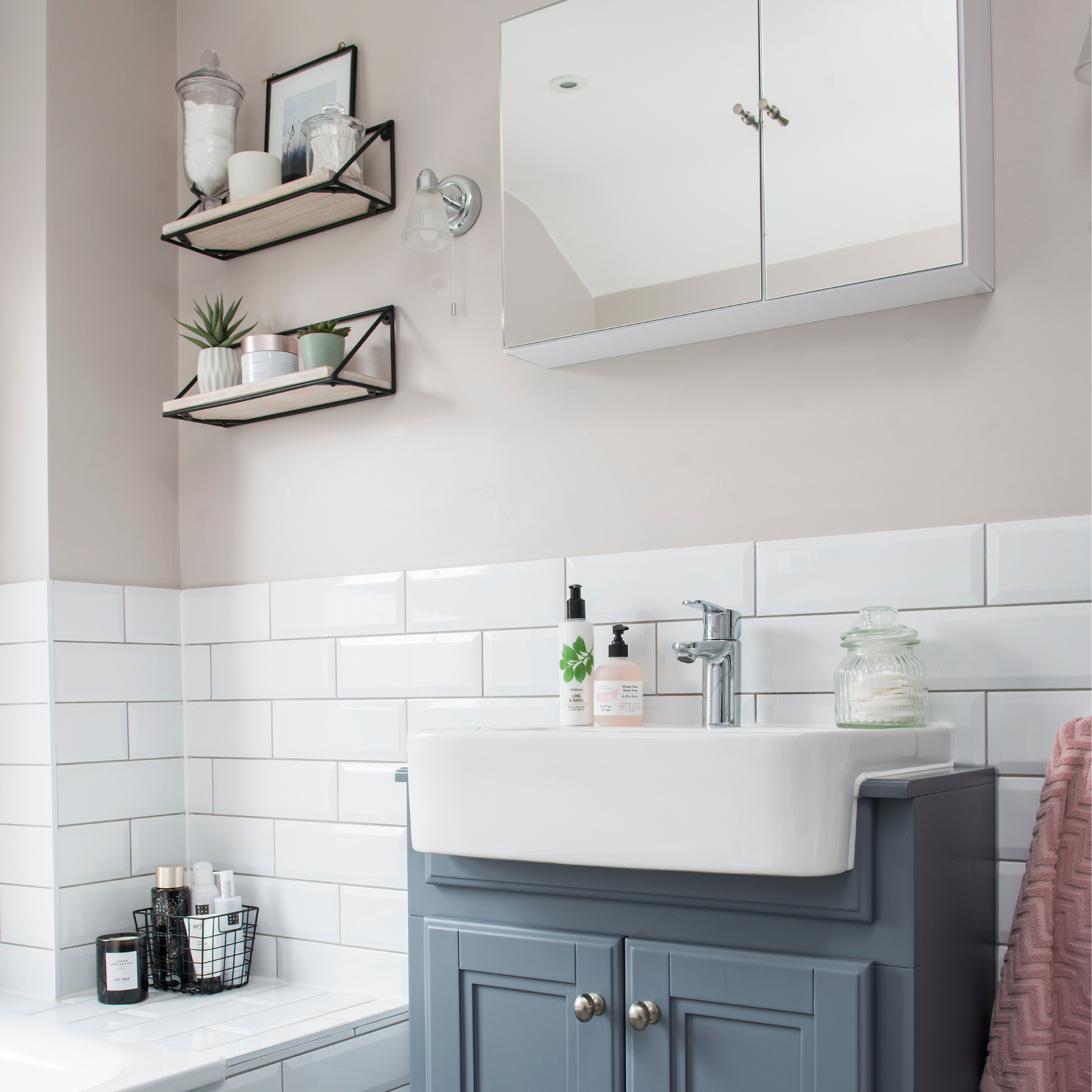
Chrome hardware was a safe choice but I do regret not being more adventurous
When it came to choosing bathroom hardware and accessories, I'm afraid to say I played it pretty safe. I was really tempted to go for metallics bathroom hardware in a warm brass colour, or even for a matt black, but perhaps due to a momentary lack of confidence, or perhaps because I knew it wasn't our forever home, I played it safe and chose chrome taps, shower fittings and accessories.
While it didn't hinder the overall look too much, and it was certainly easy to source everything we needed in this classic finish, I do regret not being a bit braver, as changing up your bathroom hardware can really elevate your whole space.
Perhaps I could have asked myself is spray painting bathroom taps a good idea but when it was all coming together, it was quicker to just buy the chrome options and be done with it.
Unlike accessories bought for other rooms in your home, generally you wouldn't take bathroom fittings and accessories with you when you move, so if you splurge on smart taps, shower heads and loo roll holders, remember you'll have to leave them for the next owners. But this shouldn't stop you from creating the bathroom of your dreams, as it did for me.
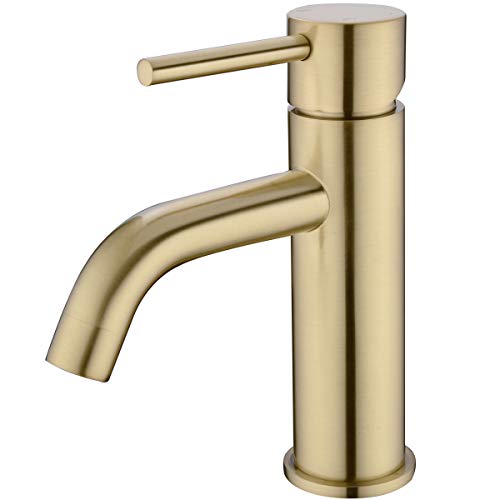
There are so many options when it comes to taps these days, I wish I'd chosen something smarter, like a brass option.
5. It is my responsibility to check all deliveries are correct on arrival?
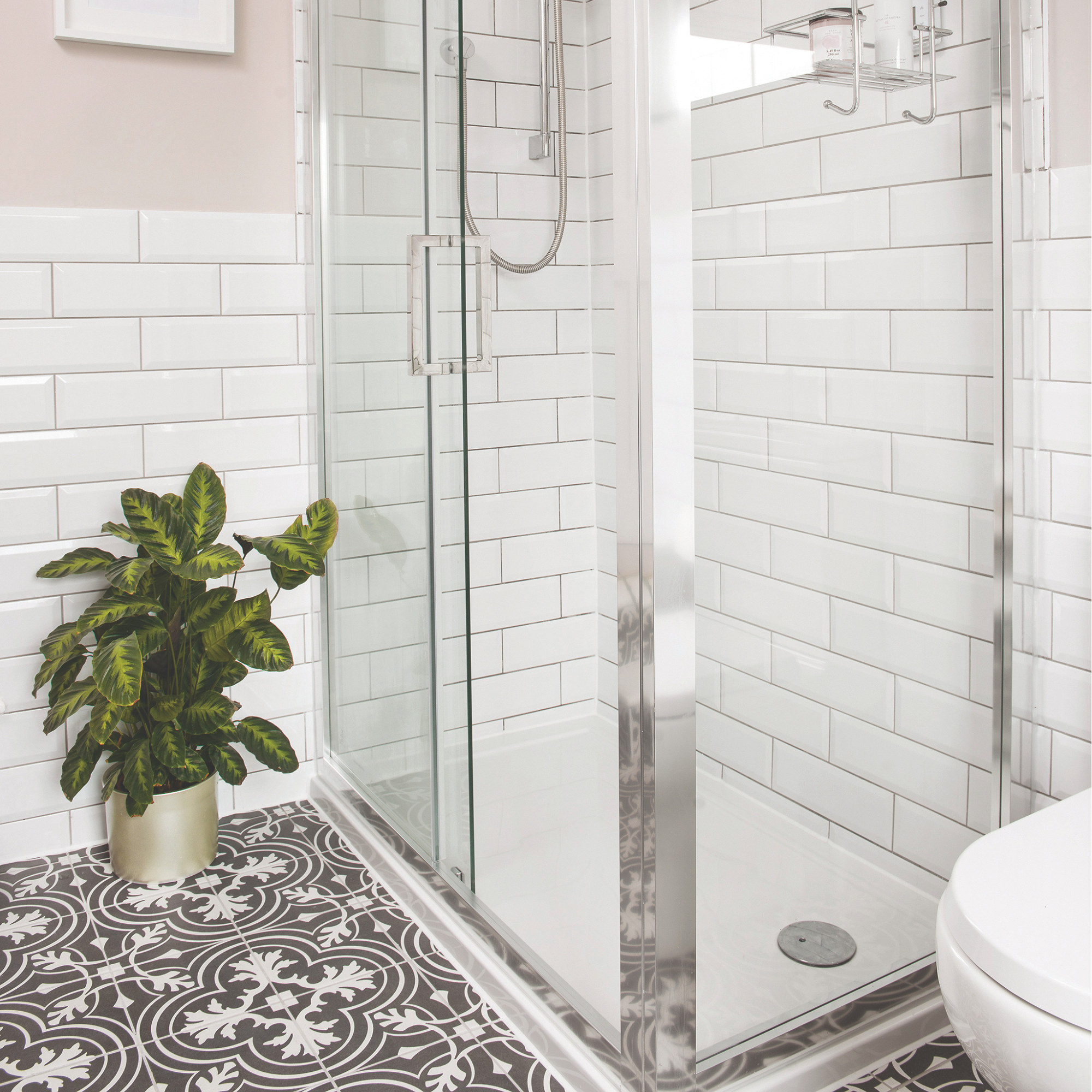
Our shower was supposed to be another 10 cm wider but we were sent the wrong one
So we learnt the answer to this one the hard way. And the short answer is yes, it is certainly your responsibility to double (and even triple!) check all deliveries when they arrive.
When all our bathroom furniture arrived from our chosen supplier, I did a quick check that all the components I was expected were in front of me- the loo, bath, shower tray, shower panels and basin and happily signed for it all too. But what we didn't realise is that we'd been sent a shower tray 10cm slimmer than what we'd originally planned for.
DIY Dad had gone to lay the tray (wet concrete ready to receive it) and only then discovered the mistake. We were then forced to lay the one we had and work out how to get new shower panels that would fit it afterwards. Luckily our supplier was able to help us make the swap, but we ended up with a shower than was smaller than we had originally hoped.
Although it all worked out fine in the end- it actually gave us the ideal space for a laundry basket to be placed beside the shower, we could have had a more spacious shower, had we just thoroughly checked our deliveries.
6. What colour grout should I use with my tiles?

Finally, one of the questions I wish I'd asked before starting my bathroom renovation was what grout will work best with my tiles. Similarly to my decision of 'playing it safe' taps, I perhaps wasn't very adventurous with my grouting (or tiles for that matter too.)
We chose classic white metro tiles in a bigger-than-standard size for the walls and shower cubicle, while for the bathroom flooring we went with a victorian-inspired patterned tile.
At the time, it was very on-trend to opt for black grouting with white tiles, but I was hesitant to commit. I was pretty sure I knew how to grout tiles, but we chose to leave it to the experts, even forgoing DIY Dad and paying an expert tiler. We had the tiles ready and waiting for when the tiler arrived but I was too slow to find a grout I really loved so hastily chose a shade of light grey as a compromise between 'safe' white and 'brave' black.
In hindsight there was a whole rainbow of shades I could have chosen from and while I was happy with the grey and felt it elevated the room slightly from white, I could have done a bit more research into other options.
Overall we created a smart, timeless bathroom that served us well and helped sell the house when we outgrew it, but with our next bathroom project looming, I'm resolved to be braver and create a space I love, that isn't determined by trends or potential future sales.
FAQS
What order should I renovate my bathroom?
When it comes to what order you should renovate your bathroom in, I'd definitely advise having all your fixtures and fittings lined up, as well as any labourers booked, before you get the sledge hammer out and start the demolition. This will save time and money in the long run.
We heavily relied on using our local gym for showers while we had our bathroom fitted, and even had to use a very unglamorous bucket in the garden for midnight loo breaks!
Alex says, 'Before starting a bathroom renovation, begin with demolition or removal tasks to create a clean slate for a seamless installation process.'
'Next, tackle any necessary plumbing or electrical updates, followed by preparing the walls, ceiling, and floor with tasks like plastering or screeding.'
'To protect the tiles and ensure precise placement, install the shower, bathtub, basin, and toilet before tiling. Once these fixtures are in place, you can add the vanity and other lighting fixtures or accessories.'
'Essentially, it’s best to work from top to bottom, addressing any structural issues first.'
Richards advises, 'Renovating a bathroom requires careful planning and a logical sequence, especially if you’re living in the property during the process. Start by removing any old fixtures, tiles, or flooring you won’t be reusing, but plan to keep essential elements, like a toilet or shower, functional until replacements are ready—these can often be swapped in a day.'
'Typically, bathroom renovations involve several key stages, starting with the first fix. This stage includes essential groundwork, such as installing or rerouting plumbing for fixtures like showers, basins, and toilets, setting up wiring for lighting and power outlets, and ensuring proper ventilation to prevent moisture issues. It lays the foundation by ensuring all hidden systems are in place before being concealed.'
'Next, address any structural repairs, such as fixing damaged subfloors, walls, or ceilings. Once the space is sound, focus on preparation by waterproofing areas prone to moisture and laying tiles or other durable materials for walls and floors.'
'The second fix involves installing the visible fixtures, including showers, toilets, basins, and baths. At this stage, accessories such as mirrors, towel rails, and lighting are also fitted to enhance both functionality and design.'
'Finally, complete the renovation with finishing touches, including painting, sealing, grouting, and styling. These details ensure the bathroom is polished, functional, and ready for use.'
Do I need planning permission to renovate my bathroom?
In most cases (and it was true of my mine) you won't need planning permission to renovate your bathroom, however there are of course always exceptions, depending on how big a project you are planning.
Richard explains, 'In most cases, planning permission is not required to renovate a bathroom, especially if the work does not involve structural changes, moving external walls, or altering the building’s exterior.
'However, planning permission may be necessary if your home is a listed building or situated in a conservation area, as these properties often have specific restrictions.'
Alex adds, 'Usually you do not need planning permission to renovate a bathroom, as the work is typically done internally and does not involve structural changes. However, if your renovation includes altering the building's structure, rerouting drainage systems, or installing new windows, planning permission may be required.'
Before you start any home renovation it's always worth checking what can you build without planning permission, but in the case of a bathroom renovation, you should generally be fine to crack on without it.
Hopefully now before you take on your own bathroom project, you can learn from my mistakes and the questions I wished I'd asked before starting my bathroom renovation- so you don't make the same mishaps!

Holly Walsh is a freelance Interiors Writer and Shopping Editor, but worked in-house here at Ideal Home for nearly 10 years. With a background of studies in Interior Design, her career in interior journalism was a no-brainer and her passion for decorating homes is still as strong now 15 years after she started, as it ever was. While Holly has written for most of the home titles at Future, including Livingetc, Country Homes & Interiors, Homes and Gardens, Woman & Home and Style at Home, Ideal Home has always been her ideal home, and she can still be found sharing her expertise and advice across both the printed magazine and the website, while also raising her two young children.
-
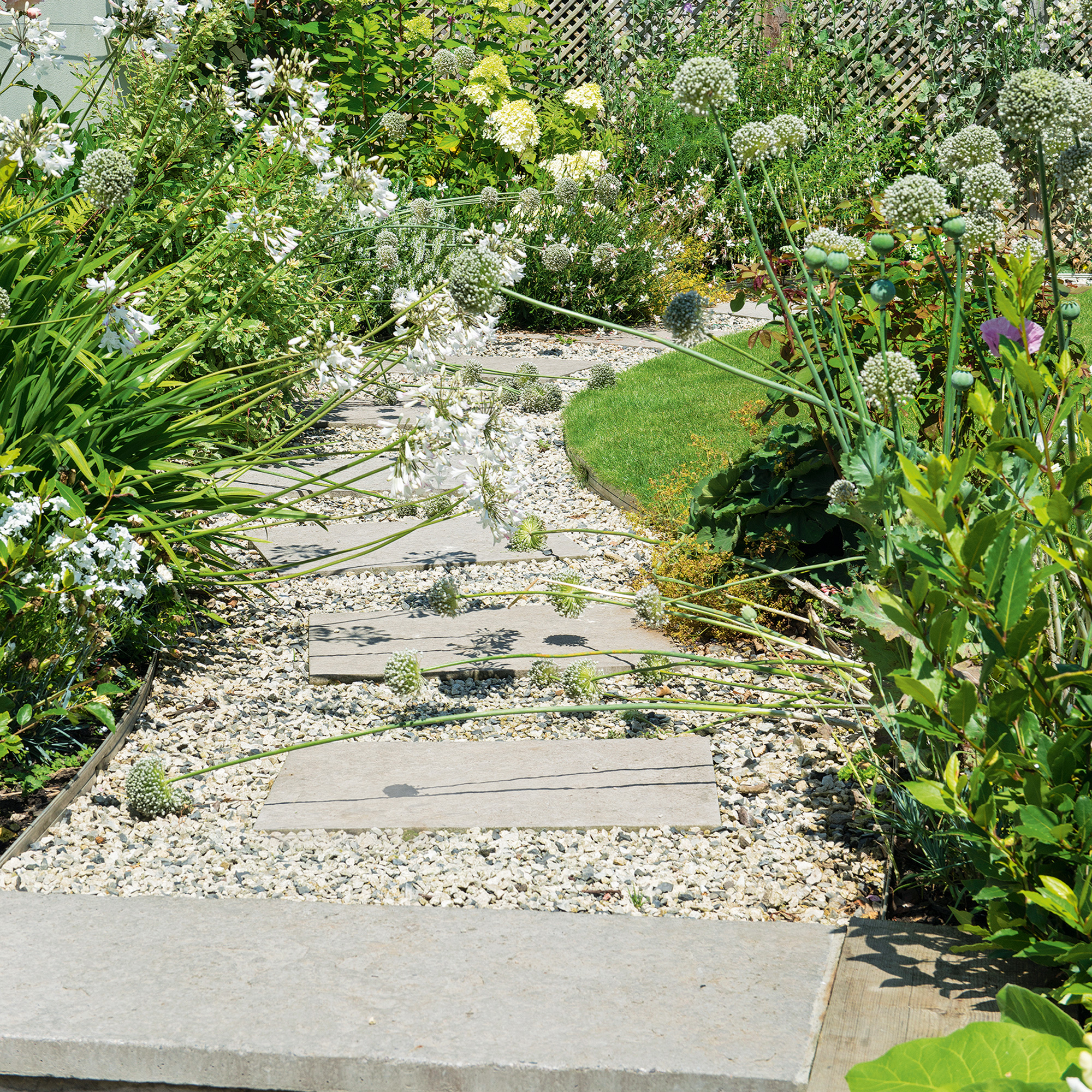 5 brilliant budget alternatives to paving slabs that won't cost the earth
5 brilliant budget alternatives to paving slabs that won't cost the earthLooking to pave your garden on a budget? Try these stand-ins...
By Sophie King
-
 Want to cook like Jamie Oliver? Here's the top-rated pan from his collection
Want to cook like Jamie Oliver? Here's the top-rated pan from his collectionJamie's collaboration with Tefal has led to this casserole dish getting the best user reviews I've ever seen
By Molly Cleary
-
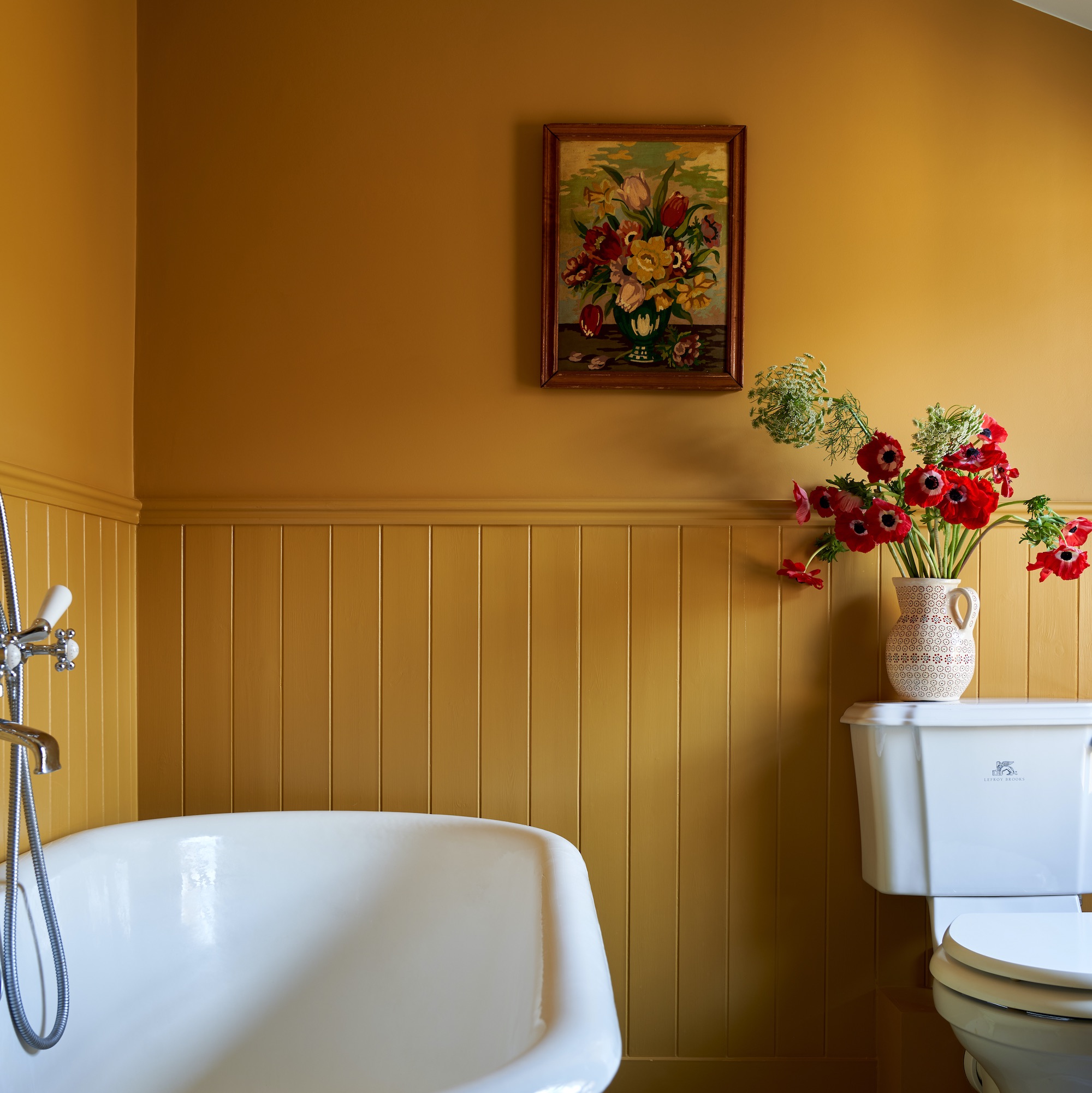 7 best colours to paint a windowless bathroom that will transform the mood of a dark wash space
7 best colours to paint a windowless bathroom that will transform the mood of a dark wash spaceA bathroom without a view needn’t sink your plans for a warm and welcoming retreat
By Linda Clayton
-
 Want to cook like Jamie Oliver? This is the top-rated casserole he uses from his own collection all the time on Instagram
Want to cook like Jamie Oliver? This is the top-rated casserole he uses from his own collection all the time on InstagramJamie's collaboration with Tefal has led to this casserole dish getting the best user reviews I've ever seen
By Molly Cleary
-
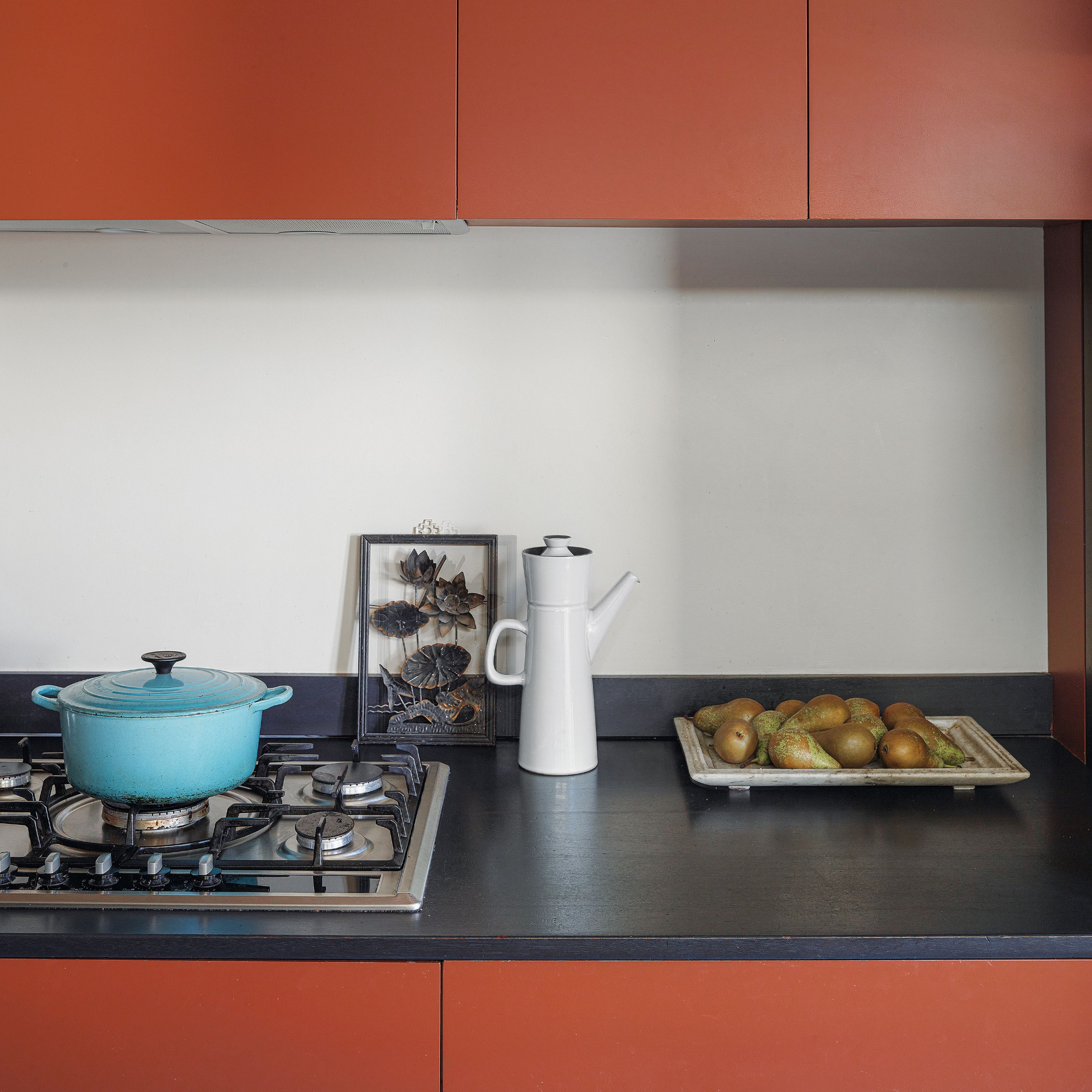 I’ve found a stunning £40 buy that rivals Le Creuset at Wilko - this casserole dish is a dead ringer for one of the most summery colourways
I’ve found a stunning £40 buy that rivals Le Creuset at Wilko - this casserole dish is a dead ringer for one of the most summery colourwaysYou just can't beat finding a great Le Creuset alternative
By Kezia Reynolds
-
 This beautiful mixing bowl is the unexpected star of so many kitchens – including Mary Berry's and the Bake Off tent
This beautiful mixing bowl is the unexpected star of so many kitchens – including Mary Berry's and the Bake Off tentThis earthenware bowl proves that you don't have to spend a huge amount for a classic kitchen addition
By Molly Cleary
-
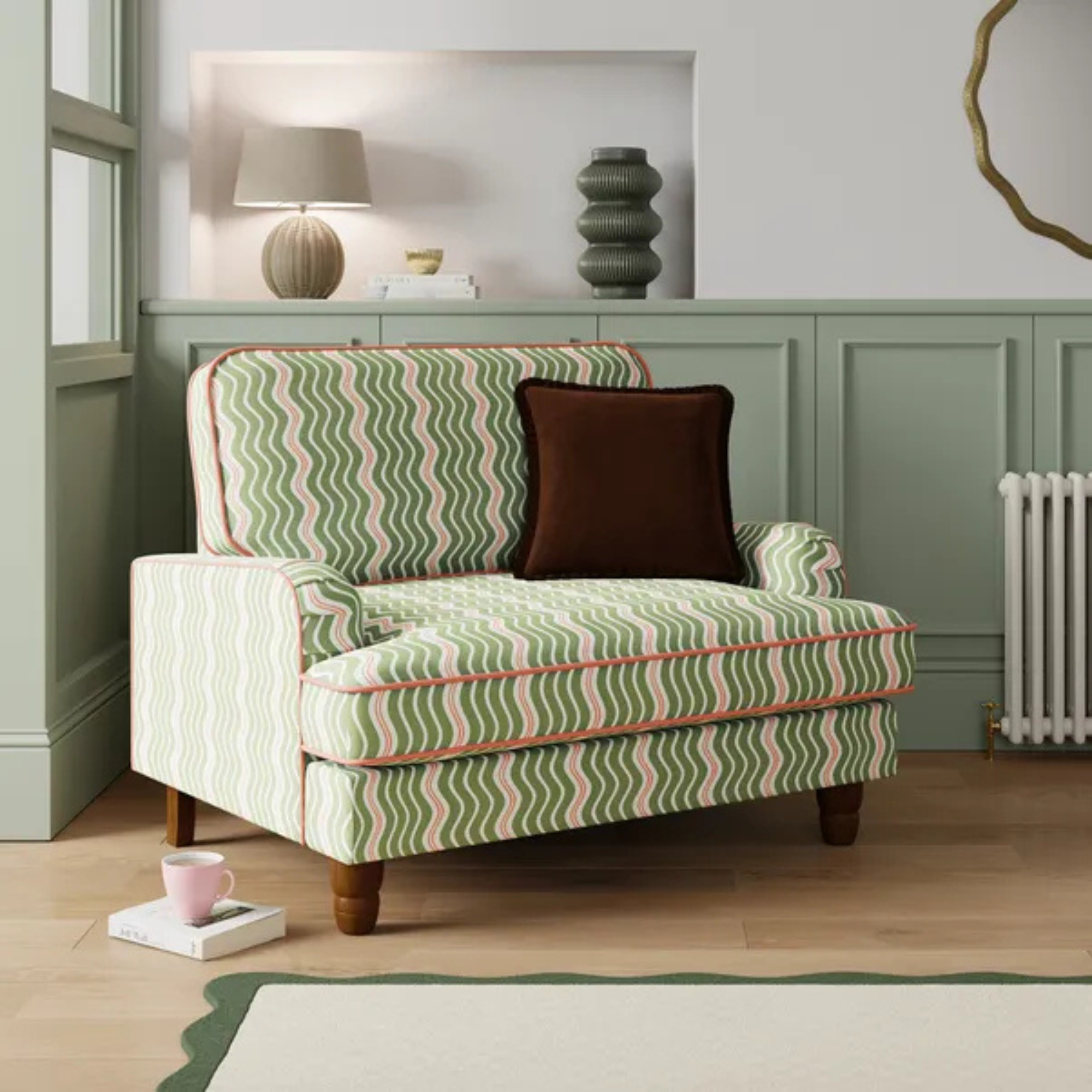 Dunelm has given its cult snuggle chair a new look - it's swapped classic stripes for another emerging pattern trend
Dunelm has given its cult snuggle chair a new look - it's swapped classic stripes for another emerging pattern trendI'm obsessed with this fresh new style
By Kezia Reynolds
-
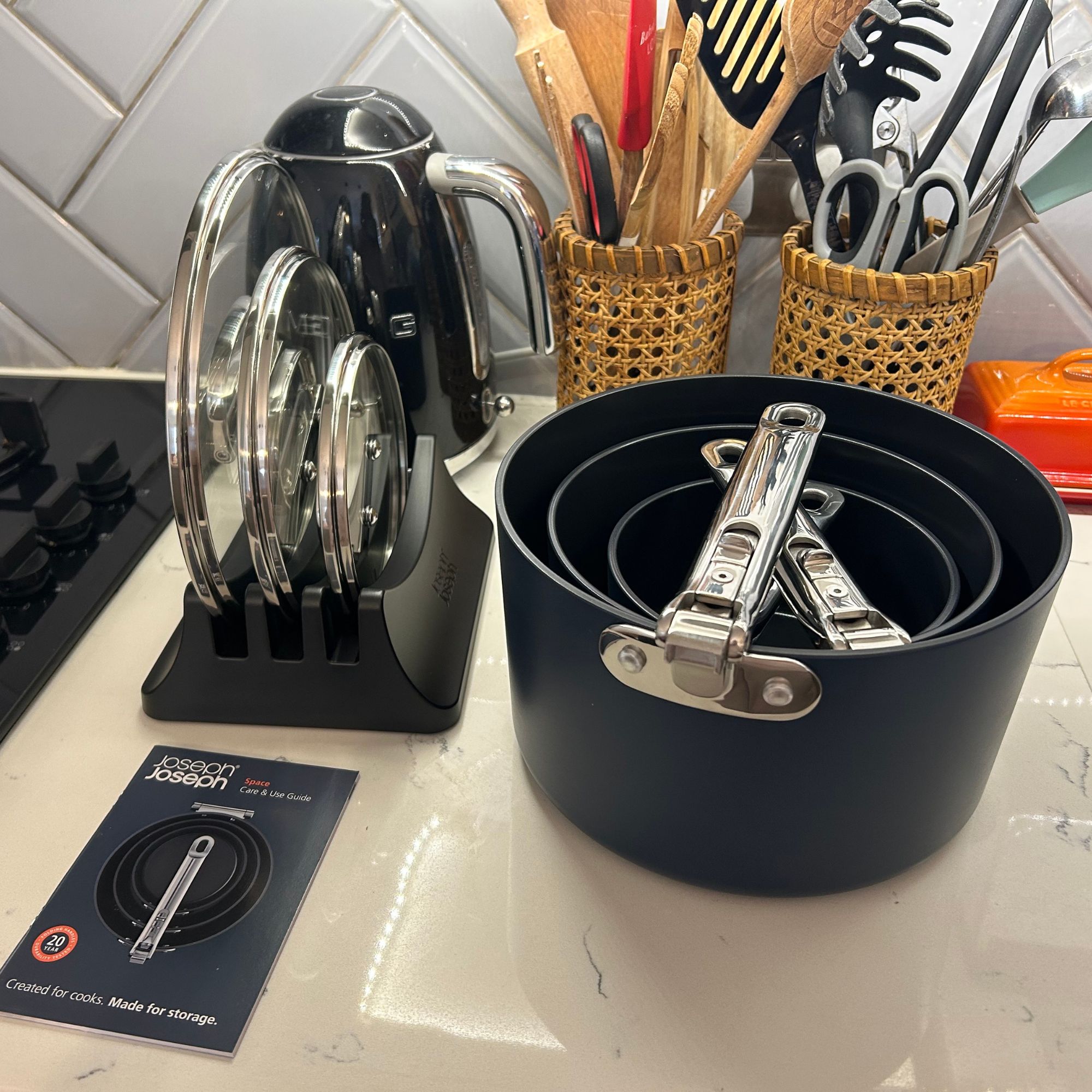 I tried Joseph Joseph's pan set with foldable handles – the space-saving design is just one of the many highlights
I tried Joseph Joseph's pan set with foldable handles – the space-saving design is just one of the many highlightsSmall kitchen? I tested this innovative Joseph Joseph space-savvy set which has foldable handles — and I loved it
By Annie Collyer
-
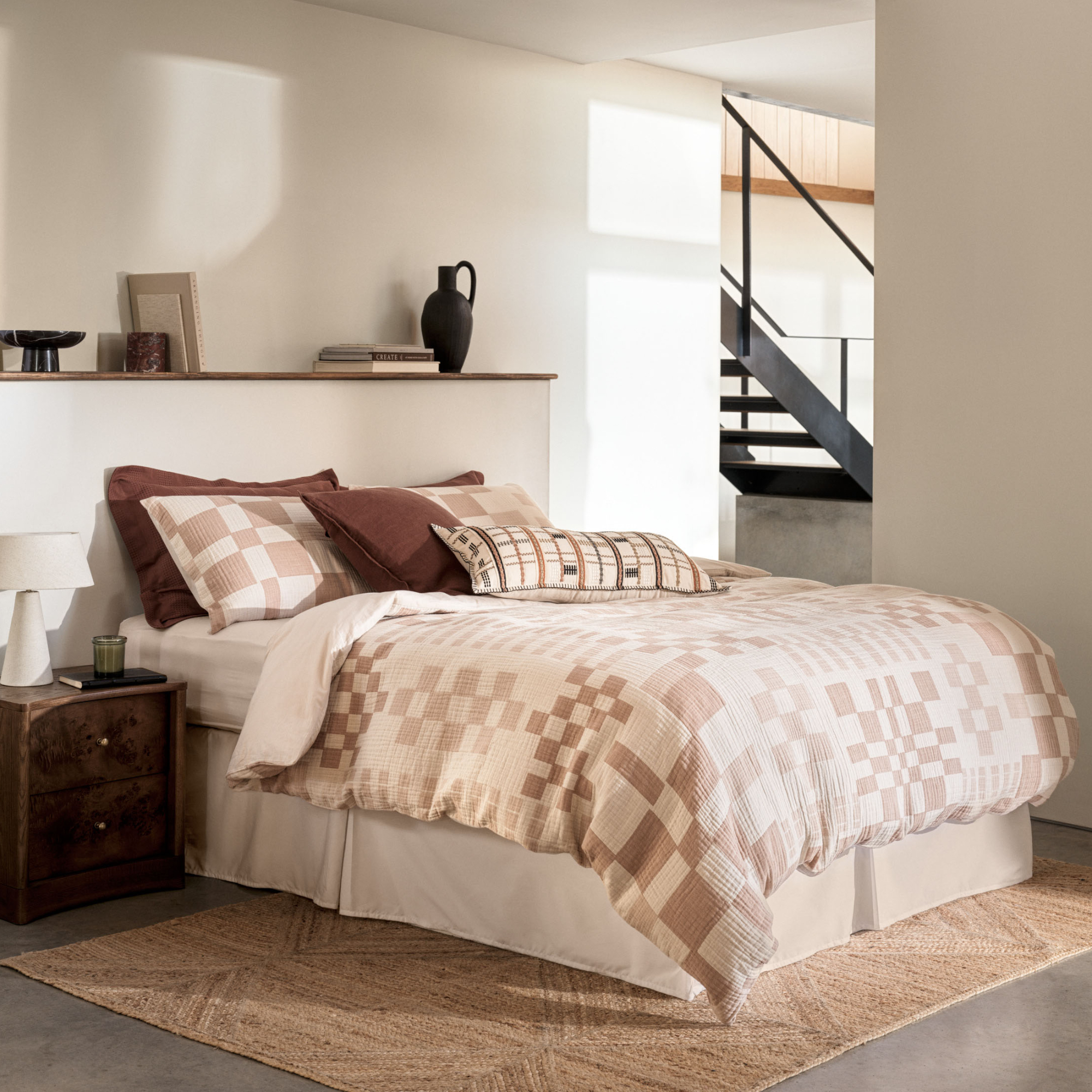 As a stylist, I spend hours looking for bedding for photoshoots, and I just spotted these 6 expensive-looking sets at M&S
As a stylist, I spend hours looking for bedding for photoshoots, and I just spotted these 6 expensive-looking sets at M&SGet a little luxury at a high-street price
By Laurie Davidson
-
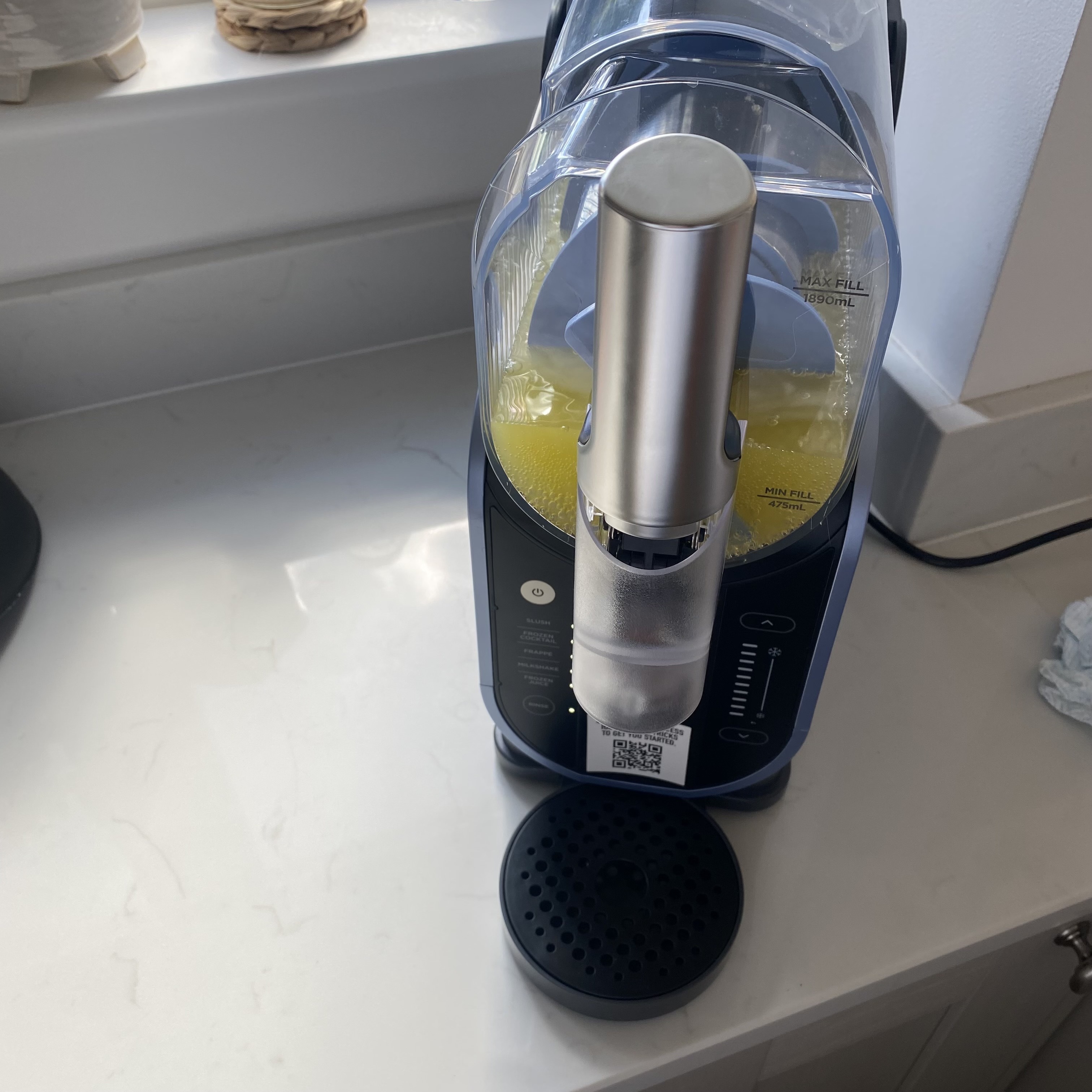 I've been waiting to try out the Ninja Slushi for months – this is what happened the first time I tried it
I've been waiting to try out the Ninja Slushi for months – this is what happened the first time I tried itThe Ninja Slushi is the stuff of dreams for summer entertaining
By Molly Cleary
-
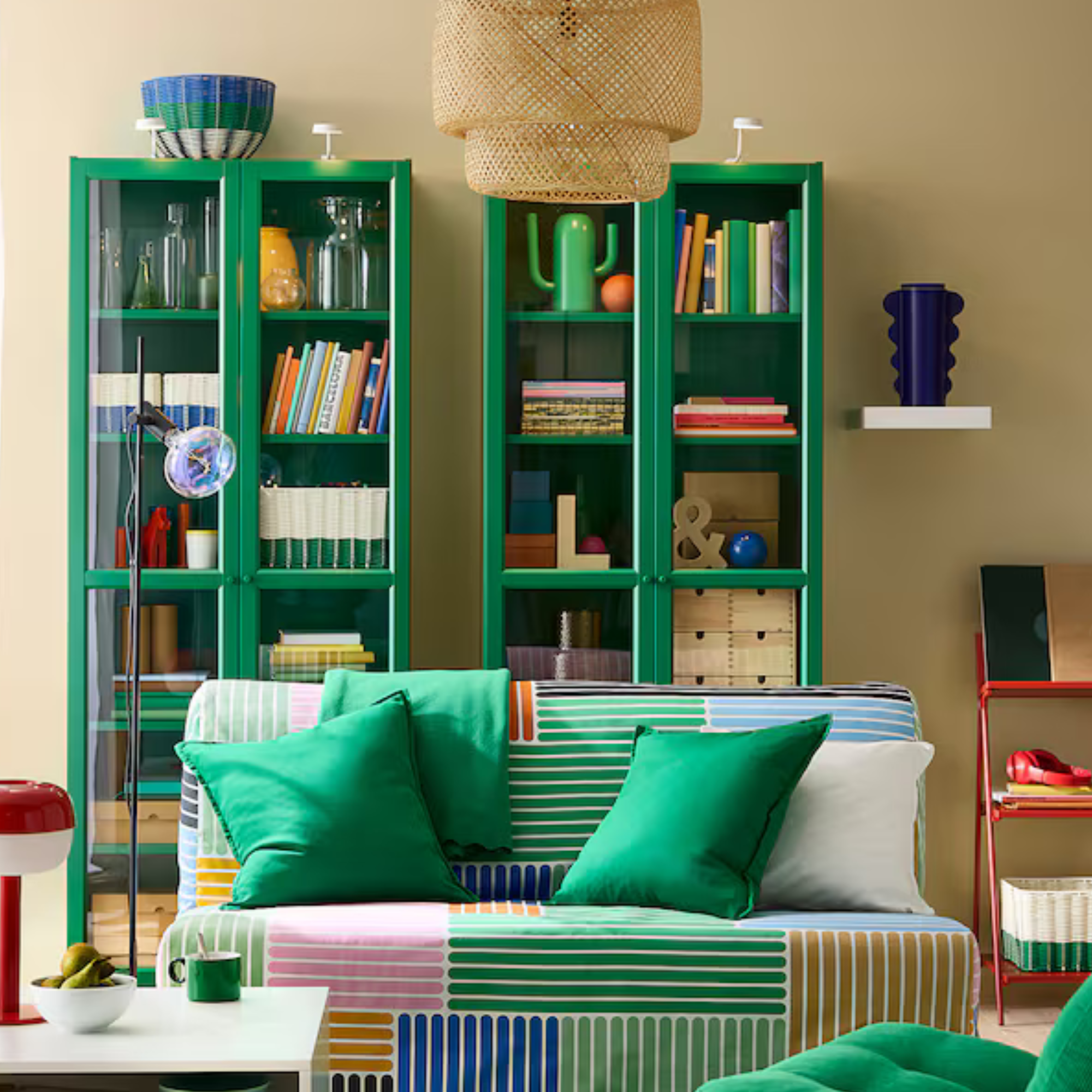 IKEA has drenched its BILLY bookcase in this year’s ‘it’ colour - but you’ll have to act fast if you want to get your hands on one
IKEA has drenched its BILLY bookcase in this year’s ‘it’ colour - but you’ll have to act fast if you want to get your hands on oneI'm obsessed with this gorgeous limited-edition colourway
By Kezia Reynolds